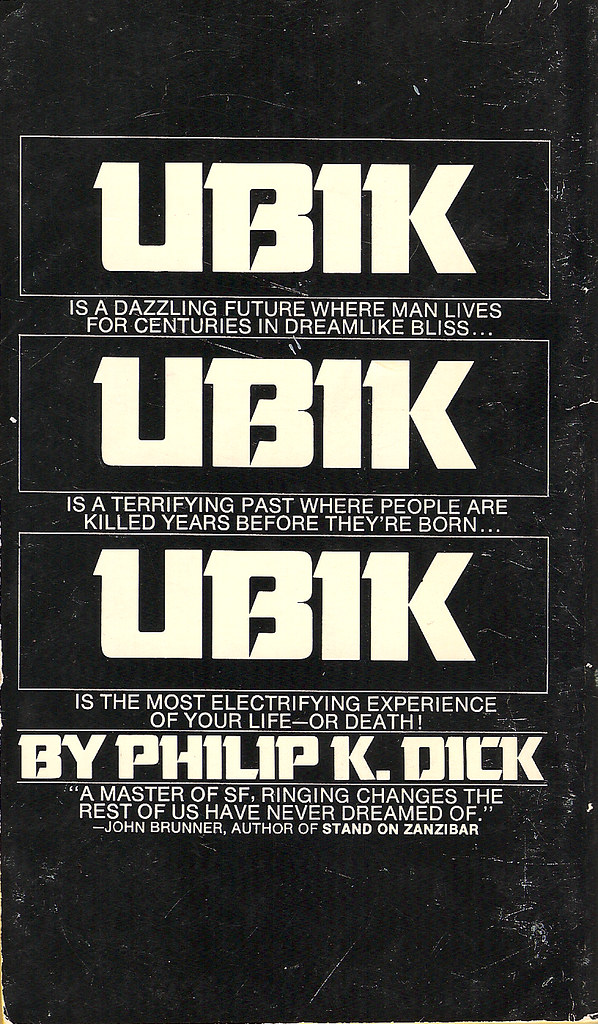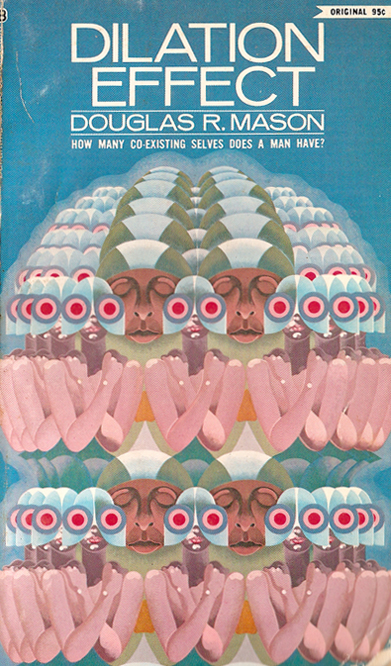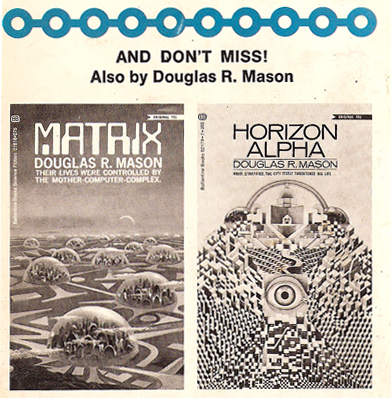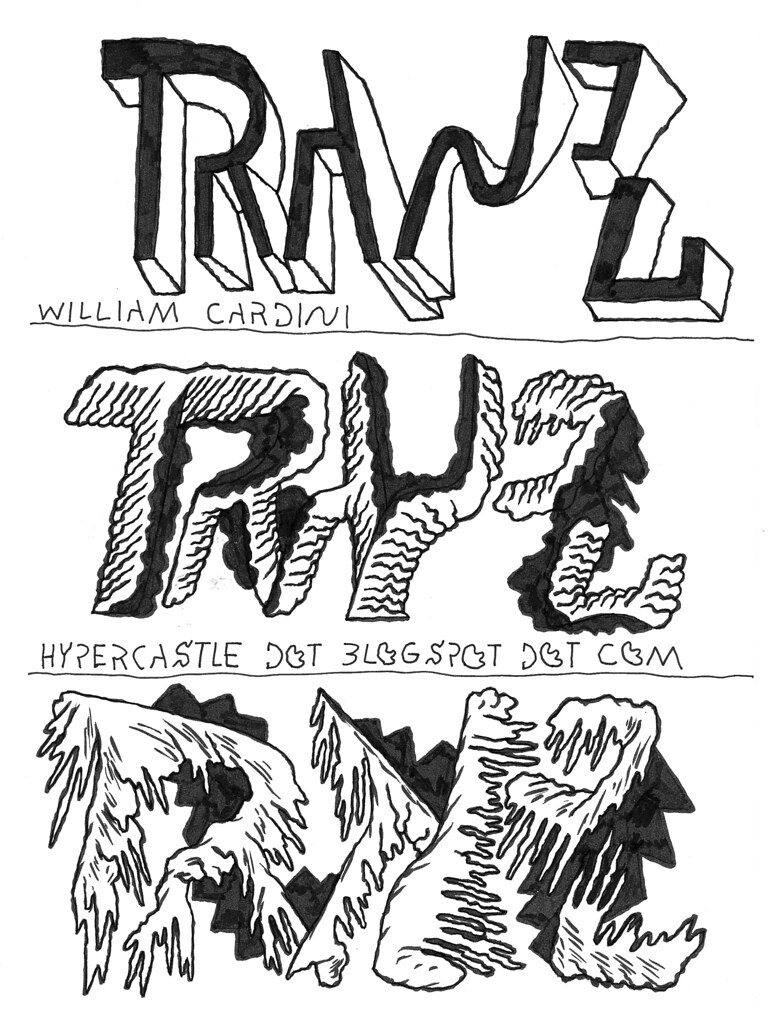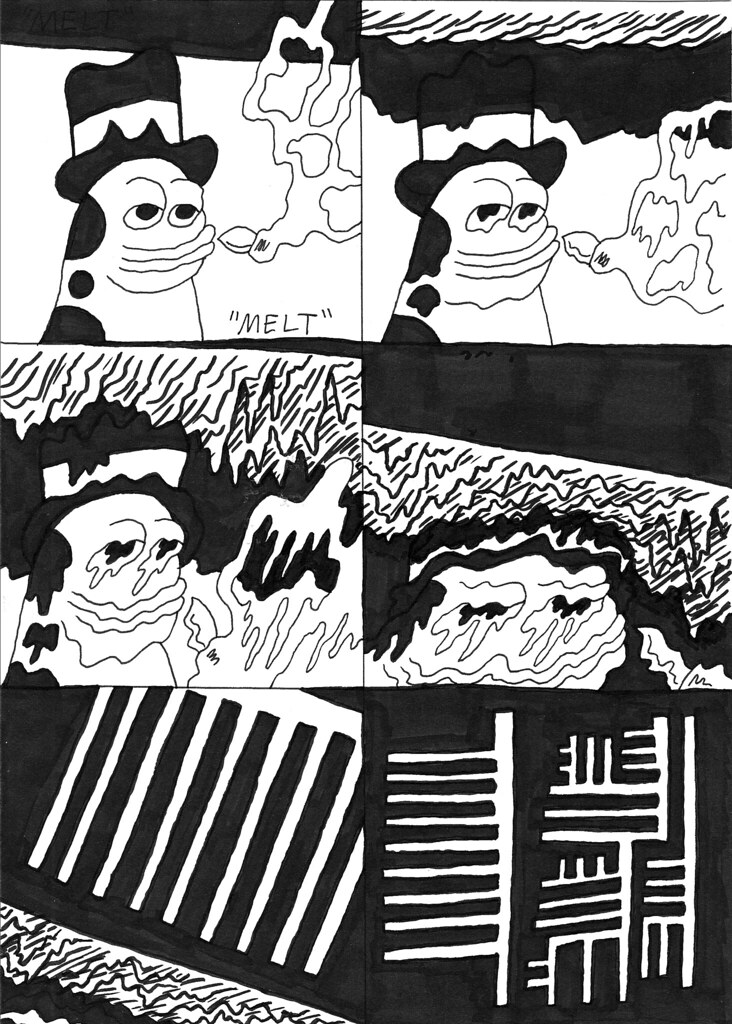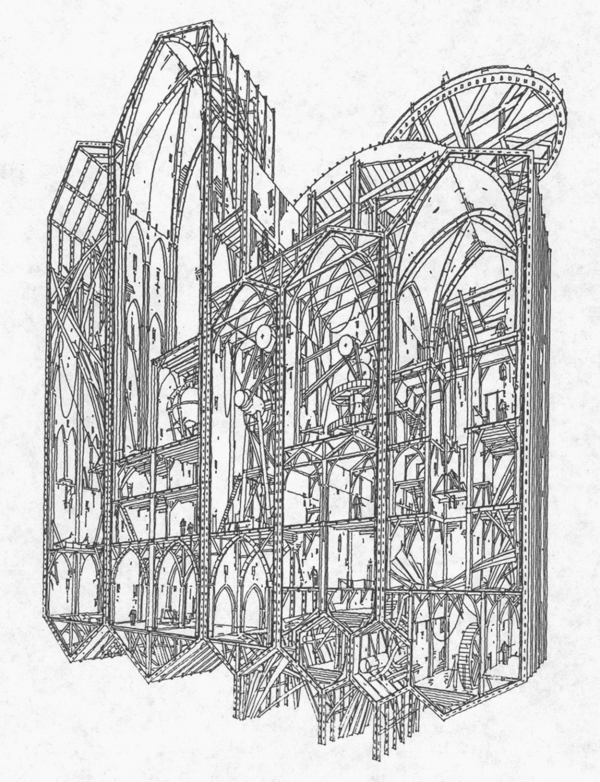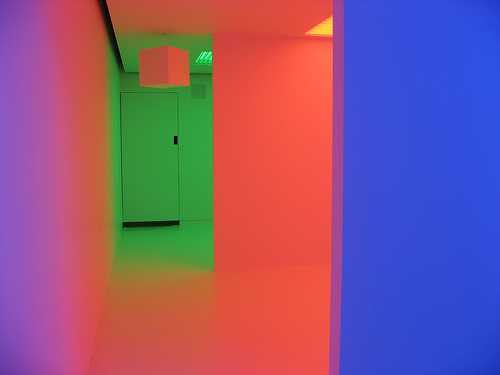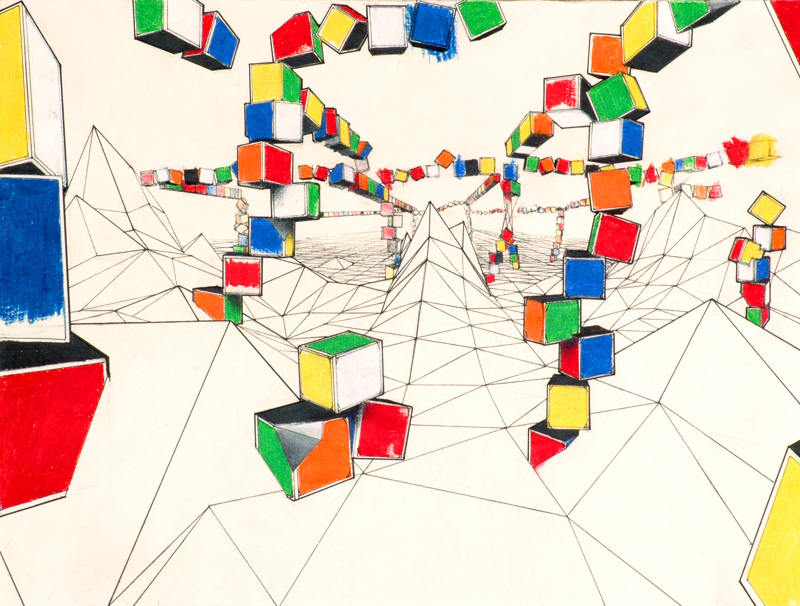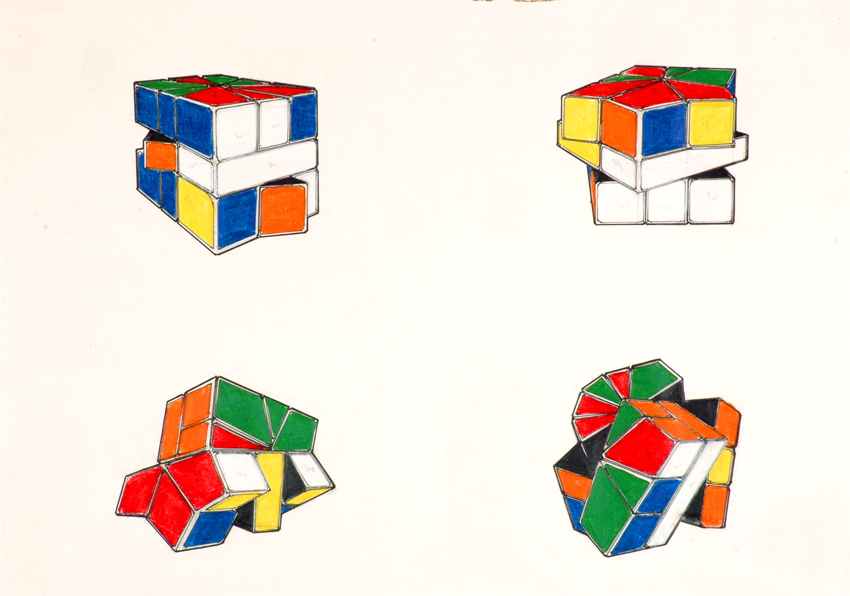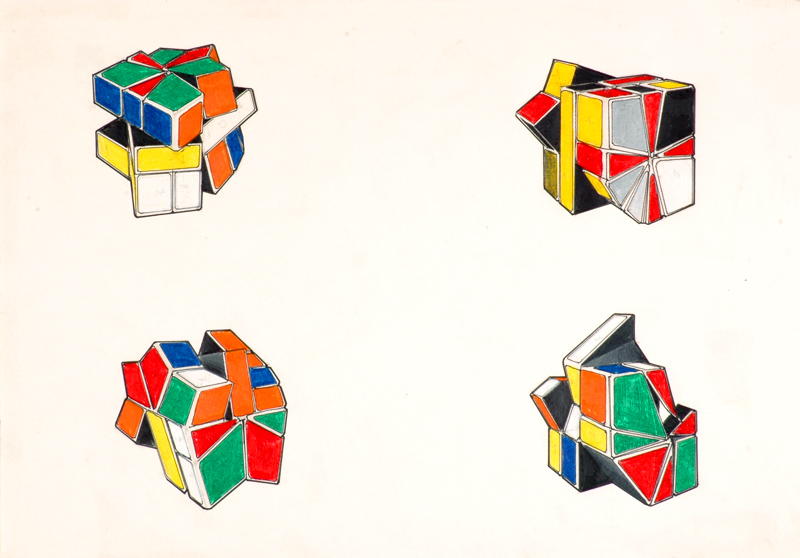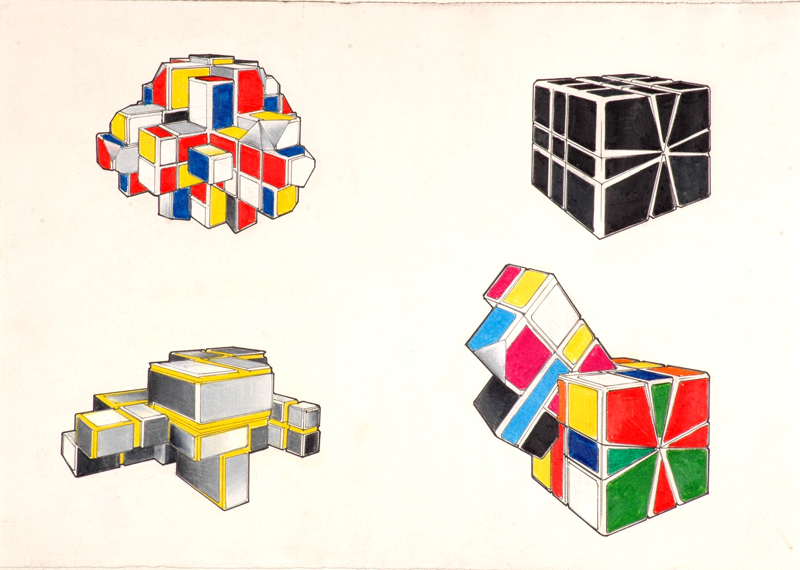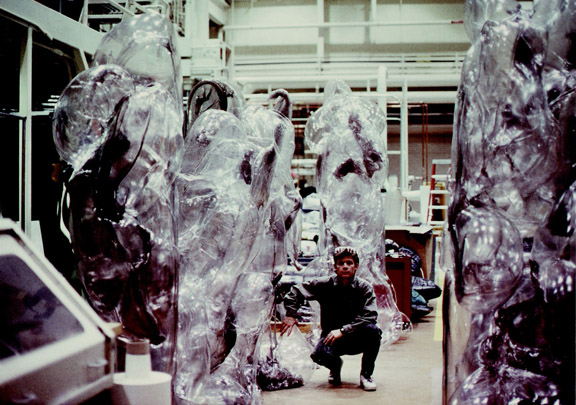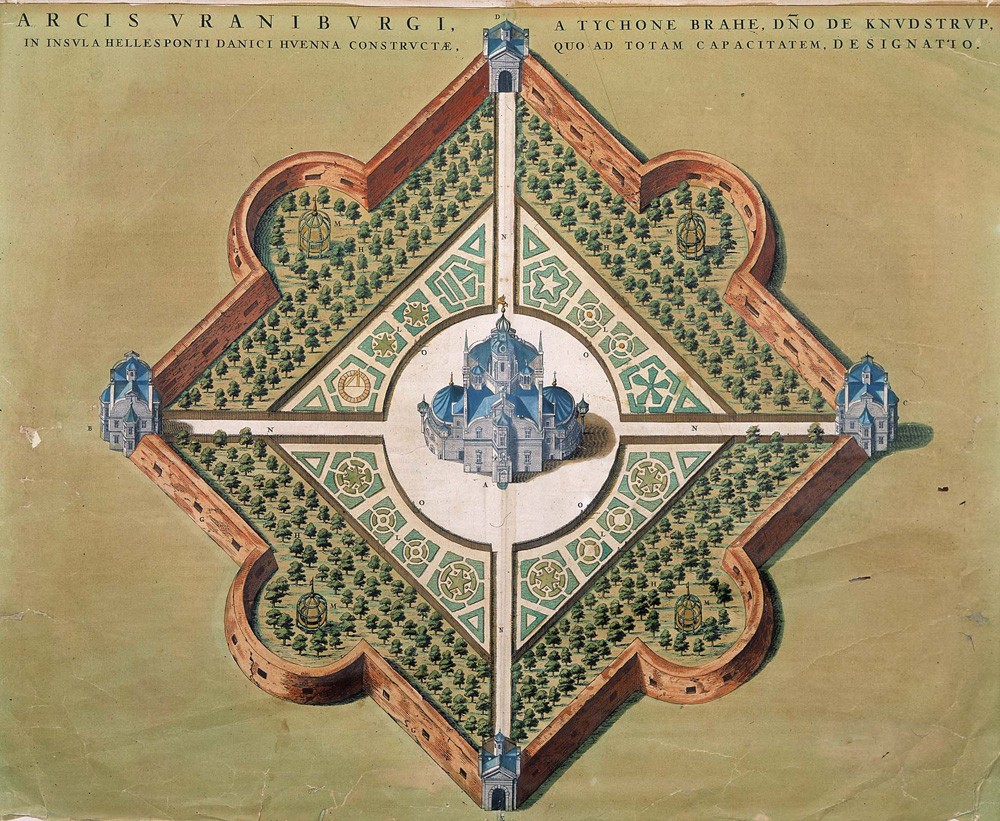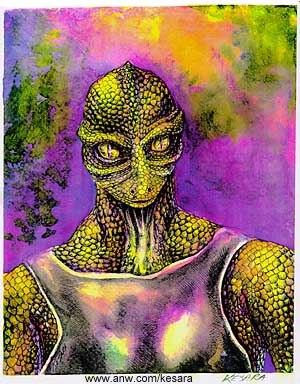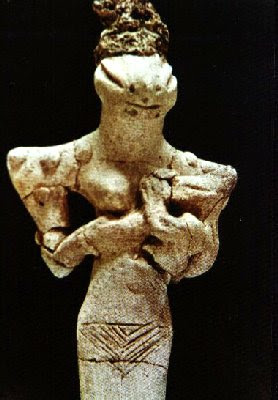The Hypercastle of the Miizzzard lies deep in the Urscape. It was built in the fold between two ridges of pale orange rock that have pushed through the plains. Here, close to the substrate of reality, the Miizzzard observes the realms of the multiverse and performs his ablutions of the macrocosm.
Through his telescope, he is closely observing the skin of the living multidimensional cosmos. It is pocked and pitted, burned and scared from the violence of its birth. The scorched flesh forms a pattern, a tattoo that is the after-image of its fiery birth. On its other side it is cool, and it casts a three-dimensional shadow onto the walls of its cave.
But the Miizzzard is not interested in shadows. He is closely scanning the skin, looking for infections. On an inverse of the anterior edge of the eleventh-dimensional manifold, he sees a small outcrop of brackish, fuzzy slime that has accumulated enough mass to loom above its crater womb. The Miizzzard blinks and shifts in his seat. From his felt suit coat, he pulls out a worn, turquoise notebook and writes down the eleven coordinate points of the infection from his display.
He gets up and takes the long walk down spiral staircases to the lower floors, working out the stiffness of his joints. The Hypercastle has no foundation, it rests directly on the foamy surface of the Urscape. The Miizzzard is standing in a huge room, his bare feet touching the bedrock of reality. An orb is suspended in the middle of the room, with steps leading up to it and wires stretching away to the darkness of the corners and into the Ursurface. The Miizzzard enters the body cavity within the orb and the door scrapes against the threshold as it closes behind him. Wires painlessly attach themselves into his skin, and suddenly the Miizzzard is no longer himself; he is the living cosmos. He stretches to accustom himself to the new form and cracks open and close in spacetime. Galaxies shatter as he walks across the cave floor, past the fire still burning in the floor form his birth, and to the entrance. There is a silvery, sludgy stream running there, and thin flesh-colored clouds are racing across the sky, but the light is so bright that the Miizzzard-as-the-cosmos must close his eyes as he bends down to the stream to clean himself. The waters are steaming as he washes in a ritual pattern of left then right then left, seventeen times total. He murmurs a prayer that echoes in the quantum flux, and returns to the cave.
In the basement of the Hypercastle, the Miizzzard descends the steps from the orb. He touches his stomach, and begins the long climb to eat his daily meal of bread.

